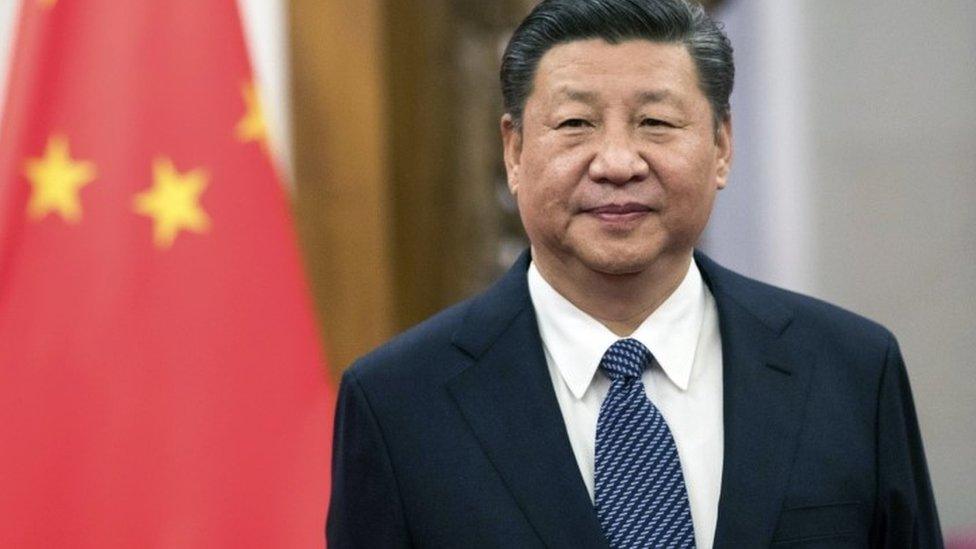- Courses
- GS Full Course 1 Year
- GS Full Course 2 Year
- GS Full Course 3 Year
- GS Full Course Till Selection
- Answer Alpha: Mains 2025 Mentorship
- MEP (Mains Enrichment Programme) Data, Facts
- Essay Target – 150+ Marks
- Online Program
- GS Recorded Course
- Polity
- Geography
- Economy
- Ancient, Medieval and Art & Culture AMAC
- Modern India, Post Independence & World History
- Environment
- Governance
- Science & Technology
- International Relations and Internal Security
- Disaster Management
- Ethics
- NCERT Current Affairs
- Indian Society and Social Issue
- NCERT- Science and Technology
- NCERT - Geography
- NCERT - Ancient History
- NCERT- World History
- NCERT Modern History
- CSAT
- 5 LAYERED ARJUNA Mentorship
- Public Administration Optional
- ABOUT US
- OUR TOPPERS
- TEST SERIES
- FREE STUDY MATERIAL
- VIDEOS
- CONTACT US
Eurasian Economic Union (EAEU)
Eurasian Economic Union (EAEU)
21-05-2024

During his recent two-day visit to India, the Foreign Minister of Belarus announced that India is seriously considering initiating talks for a free trade agreement with the Eurasian Economic Union (EAEU).
About the Eurasian Economic Union (EAEU):
- International Economic Union: The EAEU is an international economic union and free trade zone composed of several countries primarily located in central and northern Asia, as well as Eastern Europe.
- Treaty on the Eurasian Economic Union: The EAEU was established through a treaty signed in Astana on May 29, 2014.
- Member Countries: Current member countries of the EAEU include Russia, Armenia, Belarus, Kazakhstan, and Kyrgyzstan.
- Goals of the EAEU: The objectives of the EAEU include comprehensively upgrading competitiveness and economic cooperation, promoting the stable development of member states, and raising living standards.
- Free Movement within the EAEU: The EAEU allows for the free movement of goods, services, capital, and labor and pursues coordinated, harmonized, and single policies in sectors determined by the treaty and international agreements within the union.
- Structure of the EAEU:
- Supreme Eurasian Economic Council: Serves as the highest body of the EAEU, composed of the heads of state of the member countries.
- Eurasian Economic Commission: Permanent supranational regulatory body based in Moscow, responsible for ensuring the functioning and development of the EAEU.
- Court of the EAEU: Serves as the judicial body, located in Minsk.
- Limited Power of the Eurasian Economic Commission: Unlike the European Commission, the Eurasian Economic Commission's power is restricted. Member states dissatisfied with its judgments can appeal to other bodies, and the commission lacks the authority to bring non-compliant member states before the court.
- Bilateral Dispute Resolution: Disputes are frequently resolved bilaterally rather than through EAEU institutions.
- Distinct from the European Union: The EAEU does not share a common currency, unlike the European Union (EU).
What are Free Trade Agreements (FTAs) ?
Free Trade Agreements (FTAs) are treaties between two or more countries designed to reduce or eliminate barriers to trade between them. These barriers can include tariffs (taxes on imports), quotas (limits on the quantity of imports), and other non-tariff barriers like technical regulations and standards.
Benefits of FTAs:
- Increased trade: FTAs can lead to increased trade between member countries as barriers are reduced. This can lead to greater economic growth and job creation.
- Lower prices for consumers: FTAs can lead to lower prices for consumers as imported goods become cheaper due to reduced tariffs.
- Increased competition: FTAs can increase competition between businesses, leading to greater efficiency and innovation.
- Improved market access: FTAs can help businesses access new markets and expand their customer base.
- Stronger economic ties: FTAs can help strengthen economic ties between countries, leading to greater cooperation and stability.
Examples of FTAs:
- North American Free Trade Agreement (NAFTA): A trilateral trade bloc in North America between Canada, Mexico, and the United States.
- Comprehensive and Progressive Agreement for Trans-Pacific Partnership (CPTPP): A trade agreement among 11 Pacific Rim countries.
- European Union (EU): A political and economic union of 27 European countries, with a single market and common trade policy.
- India has several FTAs: including ASEAN, Japan, South Korea, and Mauritius.
Must Check: Best IAS Coaching In Delhi



